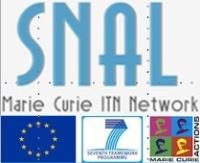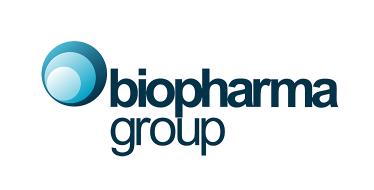 Add My Company
Add My Company
Sign In

Following on from our last article about developments in freeze drying red blood cells, please see below an abstract of the article co-written by Dr. Martin Stefanic (SNAL project, funded by the EU’s Marie Curie ITN) and Biopharma Group’s Dr. Kevin Ward which outlines the improvements that employing apatite nanoparticles has on red blood cell cryopreservation.
Apatite nanoparticles strongly improve red blood cell cryopreservation by mediating trehalose delivery via enhanced membrane permeation
Martin Stefanic1,*, Kevin Ward1, Harvey Tawfik2, Ralf Seemann2, Vladimir Baulin3, Jean-Baptiste Fleury2,*, Christophe Drouet4,*
1Biopharma Technology Limited, Winchester SO23 0LD, United Kingdom
2Universitat des Saarlandes, Experimental Physics, 66123 Saarbruecken, Germany
3Universitat Rovira i Virgili (URV), Tarragona 43007, Spain
4CIRIMAT, Université de Toulouse, CNRS, INPT, UPS, Ensiacet, 31030 Toulouse, France
https://doi.org/10.1016/j.biomaterials.2017.06.018 Get rights and content
Abstract
Cryopreservation of red blood cells (RBC) is an important method for maintaining an inventory of rare RBC units and managing special transfusion circumstances. Currently, in a clinical setting, glycerol is used as cryoprotectant against freezing damage. After thawing and before transfusion, glycerol must, however, be removed to avoid intravascular hemolysis, via a complex and time-consuming deglycerolization process which requires specialized equipment. Improved cryopreservation methods using non-toxic agents are required to increase biocompatibility and decrease processing time. Biocompatible cryoprotectants (e.g. trehalose) were proposed, but their low permeation through RBC membranes limits their cryoprotection efficacy. Herein, we report for the first time a glycerol-free cryopreservation approach, using colloidal bioinspired apatite nanoparticles (NP) as bioactive promoters of RBC cryopreservation mediated by trehalose. Addition of apatite NP in the medium tremendously increases RBC cryosurvival, up to 91% (42% improvement compared to a control without NP) which is comparable to FDA-approved cryoprotection protocol employing glycerol. NP concentration and incubation conditions strongly modulate the NP bioactivity. Complementary experimental and computational analyses of the interaction between apatite NP and model lipid bilayers revealed complex events occurring at the NP-bilayer interface. Apatite NP do not cross the bilayer but momentarily modulate its physical status. These changes affect the membrane behaviour and promote the permeation of trehalose and a model fluorescent molecule (FITC). This approach is a new alternative to using toxic glycerol for cells cryopreservation, and the identification of this enhancing no-pore permeation mechanism of apatite NP appears as an original delivery pathway for cryoprotectant agents and beyond.
For more information on SNAL project demonstrates improvements offered by utilising apatite nanoparticles in red blood cell cryopreservation. talk to Biopharma Group
Enquire Now
More News
List your company on FindTheNeedle.

